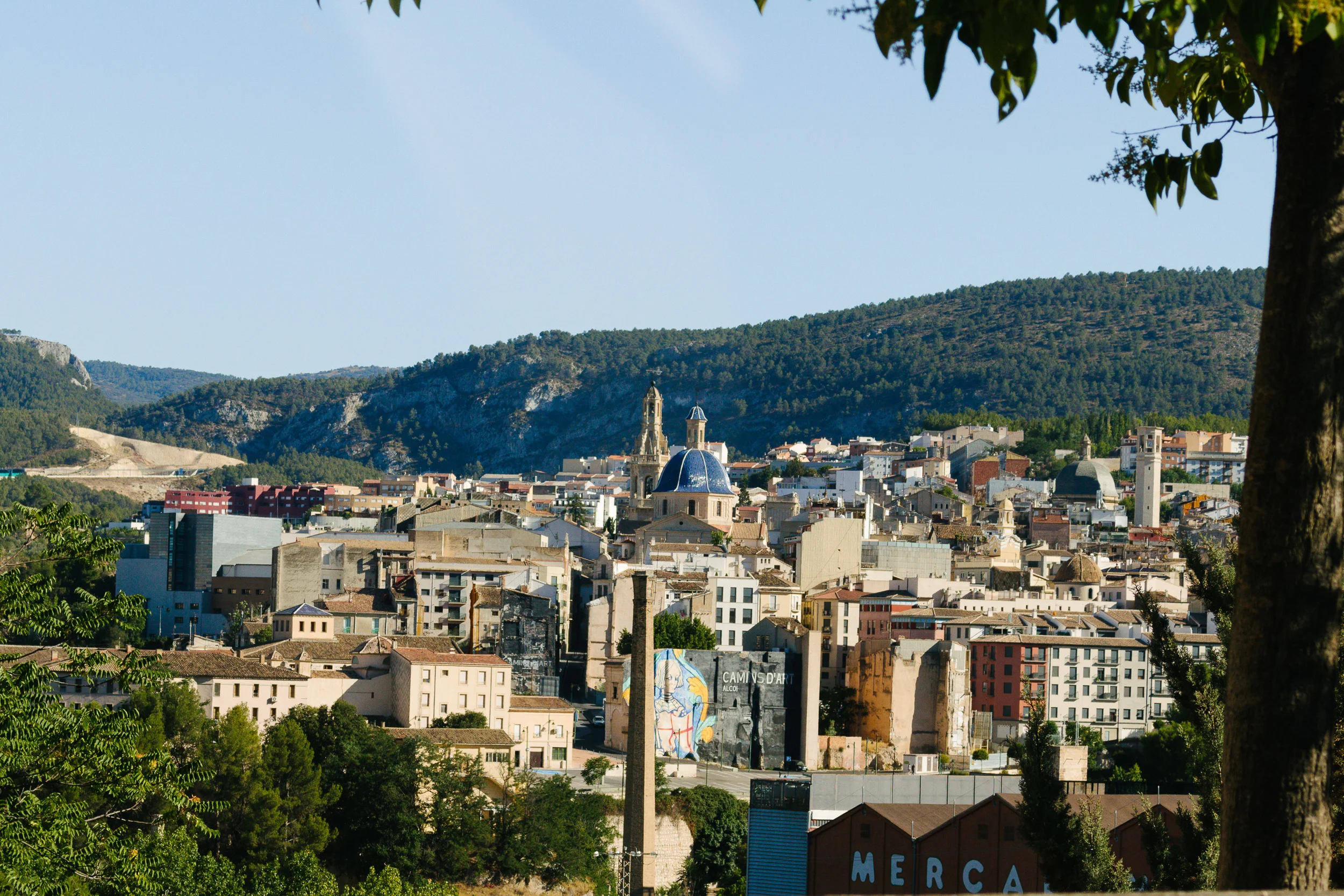MEET BAMBÚ STUDIO
Tucked in the Valencian foothills and over 400 kilometers from Madrid, the quiet city of Alcoy is the unlikely home to creative director and designer Javier Moreno’s firm Bambú Studio.
QUICK FACTS
Founded in 2015.
Takes a hands-on approach to design.
Javier got his start at a toy factory.
FOLLOW
SHOP
CREDITS
Written by Kevin Chow
Photographs by Marc Vicens
In collaboration with Freunde von Freunden
"The brain works on its own. You collect images from your environment and when a client commissions a product, you put your experience into that project."
Along with his wife and two other designers, Javier and Bambú are able to keep themselves at the tip of the spear in the design world. Bambú Studio creates objects that are simultaneously practical and elegant yet also playful and imbued with a certain Spanish quality.
Javier opts for a hands-on approach to designing for clients, and despite his studio being off-the-beaten-path, that doesn’t stop him from working with international brands, “We go to China and Central Europe to see where the products are made—I like to help my clients, not just to make some quick designs and send them off to the client. That’s the difference between us and other studios.” And the differences don’t end there—Javier’s entire approach to design is decidedly idiosyncratic and his small team is able to accomplish big things as a result.
Where did you get your start as a designer?
I started designing in 2005, when I left school. I finished my design classes and I worked at a toy factory close to here called Famosa—it’s quite famous. I learned a lot about the design process there: injection molding, 3D modeling, product development. That was quite a nice school for me. Then I worked at a few furniture companies making small things. Then I moved into packaging and in the end I founded my own studio in 2009.
How do you utilize new technologies like 3D printing in your work?
We have a huge 3D printer because we often work with 3D-printed prototypes and pieces. It’s been a nice step forward for the industry. When I began working as a designer and needed something made, I sometimes needed to wait a year—you had to approve the design, look for the toolmaker, make the initial (really expensive) prototypes, and by the time the product was in your hands it wasn’t so exciting. It’s more exciting when you design something and the next day you have something in your hands. It’s cool the direction everything is moving towards. It’s almost like in sci-fi movies! Things are happening quickly and it’s nice to see that.
But for me, 3D printing is just a tool—it’s more important to have a concept in mind when designing. It’s like when you pick up a piece of paper and you make a quick mockup but much nicer. You have many ways to try different shapes and test that everything is ok, if the size is ok and so on.
What product did you design for OTHR?
We designed a mortar and pestle. I already had the idea in mind—I wanted to make something like this, a combination between simplicity and ‘Spanish-ity.’ In Spain we work with large mortar and pestles, used for making large quantities of spices or food. I took this concept and moved it to a more delicate world, relating just to the spices and calm kitchen. I want you to see this product and make time to use this to prepare your lunch or dinner, or use it to make a cocktail. A more delicate way of using something from the stone age by incorporating fluid curves and geometric shapes. It’s a cool way of mixing up these two concepts. It’s like making a stone axe with a 3D printer.
Where do you imagine the mortar and pestle being used?
The dream of many designers is to have a product that is everywhere—something democratic and useful for different people. I’d like to see this mortar and pestle in a super well designed kitchen and also in a normal kitchen. 95% of people are normal and there is only the 5% who live in the catalogues of companies. I wouldn’t like to design something that I couldn’t pay for. I know people who have designed sofas that they can’t afford! This is sad! I want to see my things being used, not just being shown.
We focus on things that are useful for everyday life. When I was designing toys, one of my dreams was to see a boy or girl playing with my designs. Not just for the ego—it’s about making things that will hopefully be long lasting and used.
Three qualities you imbue in the objects you design?
First off—and I’m sure this is going to match with any designer you speak with—is usefulness. Then beauty, making something pleasant to the eye. People don’t want to be surrounded by ugly things. And finally, cogent. If you’re making something for a funny person then make something funny. You should be accurate, with the final user in mind.









